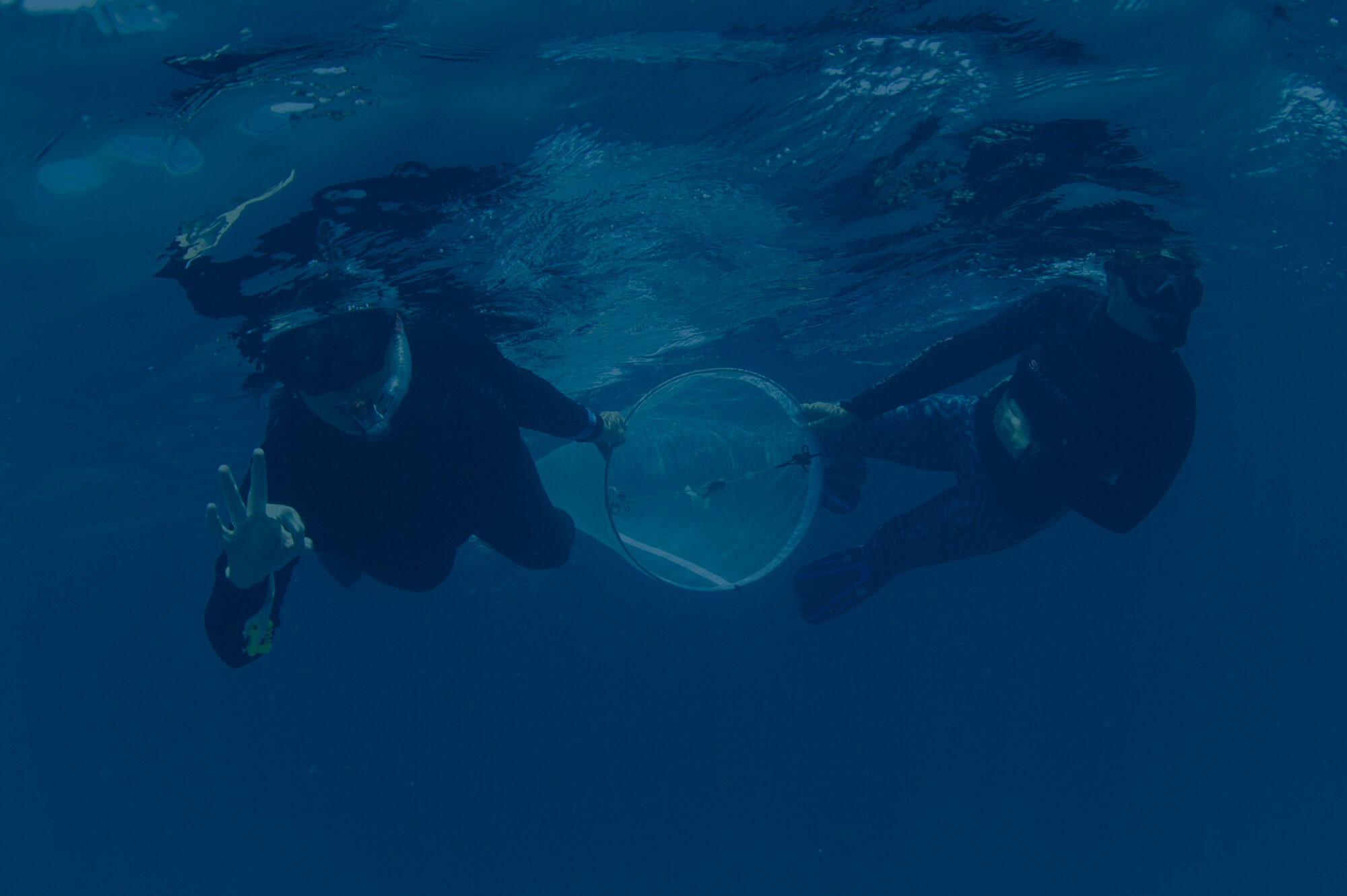our achievements through STRATEGY AND research
Launched the Manta Trust Five-Year Plan.
To effectively play our part in contributing towards the objectives within the global strategy, and achieve our charitable vision, the Manta Trust needs to clearly define our role in the near and medium term. Therefore, in 2023 we launched our Five-Year Plan; created by the Manta Trust operations team, with guidance and input from our global network of affiliates and advisors.
Created an ‘Education & Diversity Strategy’ to break down the barriers to inclusion in the marine conservation sector.
In early 2023, we launched ‘Conserving Manta & Devil Rays: An Education & Diversity Strategy’ to prioritise breaking down the barriers to inclusion in the sector, which forms part of our wider strategy ‘Conserving Manta & Devil Rays: A Global Strategy & Action Plan’. The strategy is helping to guide our goals to diversify the marine conservation sector, gain manta and devil ray conservation support, drive conservation locally, and inspire manta and devil ray conservation champions across the world.
Created a ‘Research & Policy Strategy’ for the long-term survival of mobulids.
In 2018 we launched ‘Conserving Manta & Devil Rays: A Research & Policy Strategy’ which was designed to prioritise and direct global efforts to conserve manta and devil rays, and forms part of our wider strategy ‘Conserving Manta & Devil Rays: A Global Strategy & Action Plan’. Whilst global in scope, the strategy highlights how the Manta Trust fits into it all, and the areas where we believe we can be most effective as part of the wider conservation effort.
Published a collaborative paper on the priorities of future mobulid research.
In 2018 we published a paper designed to stimulate and focus future research by identifying pressing knowledge gaps that must be filled to facilitate improved science-based management of mobulids. To develop “Research Priorities to Support Effective Manta and Devil Ray Conservation” we assembled thirty leaders and emerging experts in the fields of mobulid biology, ecology, and conservation.
Led the strategic publication 'Sympathy for the devil: a conservation strategy for devil and manta rays'.
In this collaborative study, published in 2017, we examined trends in the scientific literature of manta and devil rays, and updated species distribution maps for all species. Using available information on target and incidental fisheries, and gathering information on fishing and trade regulations (at international, national, and territorial levels), we examined how threats and protective measures overlap with species distribution.
Led the strategic publication 'Vulnerabilities and fisheries impacts: the uncertain future of manta and devil rays'.
In this collaborative study, published in 2015, the impacts of fisheries on manta and devil ray species was investigated. Thirteen fisheries in 12 countries specifically targeting mobulids, and 30 fisheries in 23 countries with mobulid bycatch were identified in the study, and a multi-faceted list of conservation recommendations was provided.
Organised and co-hosted the 'Fisheries Society of the British Isles: Biology, Ecology, and Conservation of Elasmobranchs' Symposium in Plymouth, UK.
Speakers from the Manta Trust, Project Manta, Scripps Institution of Oceanography, Plymouth University, and the University of Queensland presented their research. The symposium brought together scientists interested in the study of fundamental biological characteristics and the ecological and evolutionary relationships of elasmobranchs, including studies focusing on their population trends and conservation status.
Organised and co-hosted the Devil and Manta Ray Conservation Strategy Workshop, in Durban, South Africa.
A group of devil and manta ray experts gathered for a conservation planning workshop, where tables of suggested goals, objectives and actions were developed. These tables were circulated to the wider devil and manta ray community following the workshop.
Established a genetics team.
We established a genetics team who are working to collate a comprehensive library of Mobulid tissue samples from all species of Mobulid ray in order to develop a global Mobulid genetic ID kit. In 2018 our genetics Project Leader, Jane Hosegood, published a paper showing robust evidence for an undescribed species of manta ray in the Gulf of Mexico, and for the resurrection of a recently synonymised species, M. eregoodootenkee.










